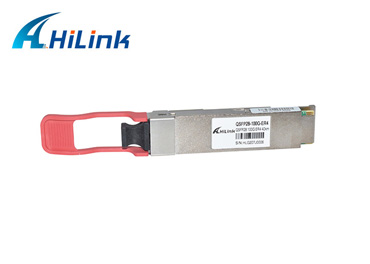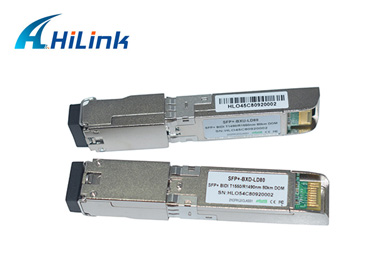How To Choose The Right Transceiver To Reduce Data Center Operating Costs?
Mar. 01, 2022
It is well known that without optical transceivers in the data center, fiber interconnections are not possible. In a data center, at least thousands of optical modules must be consumed to achieve interconnection. As a result, the price of optical modules and their associated costs account for a significant portion of data center operating expenses. Therefore, it is critical to choose the right transceiver. So how can you reduce your data center operating costs by making a wise choice of transceivers? Follow these four tips.
Tip 1: Preferred - Compatible Modules
When comparing OEM modules and compatible modules, the premise must be that they both work perfectly. The main difference then is the supplier, whether it is provided by a branded supplier or not. Generally, OEMs will turn to their suppliers to code and label their optical modules for them, rather than producing the modules themselves. Testing on original equipment is not difficult for third-party optical suppliers. more details for comparison are summarized in OEM vs. third-party transceivers. Therefore, compatible modules that are cost-effective and meet the needs of the user are the preferred choice for data centers.
100G 40KM QSFP28 ER4
Tip 2: Choose optical modules with lower power consumption
Energy efficiency is also an issue in operating costs. Fiber optic transceivers produced by different manufacturers may have different parameter values in terms of power consumption for the same model due to the different manufacturing capabilities of manufacturers. Due to technology and process, some modules made by smaller vendors may have higher power consumption even if they work properly.
In fact, the difference in power consumption between two modules may be only a few watts or even a few tenths of a watt. However, when multiple modules are involved, the resulting power consumption can add up. If two 10G optical modules consume 2.5W and 3W, respectively, the optical modules on a 48G switchboard may consume 120W for the former and 144W for the latter. if a network device with 16 boards is inserted, the total value would be 1,920W and 2,300W. choosing optical modules with lower power consumption - Lower power consumption minimizes operating costs.
10G 1490NM/1550NM 80KM BIDI SFP+
Tip 3: Choose a higher density optical module
Space utilization in the data center is a major concern for many IT architects. When choosing modules with the same operating rate but different form factors, the smaller size will save as much space as possible. Using two 40G modules as an example, a 40G QSFP+ optical module is approximately 12cm long and 1.8cm wide, while a CFP optical module is approximately 14cm long and 8.2cm wide. given that there are eight modules, the QSFP+ module requires approximately 172.8cm2 while the CFP module requires approximately 918.4cm2 in total, in both cases without accounting for the gaps between modules. Therefore, fiber optic transceivers with smaller form factors can provide an optimized space-saving solution for high-density data centers.
Overview
Countless IT managers are constantly dealing with the OPEX and CAPEX challenges of data center operations and maintenance. With limited budgets, most managers will prefer to purchase a large number of compatible modules, which proves to be a cost-effective solution. In addition, power consumption and form factor are important considerations for saving OPEX and available space. In summary, the optimal optical solution is achieved with low-power, high-density compatible optical modules.














